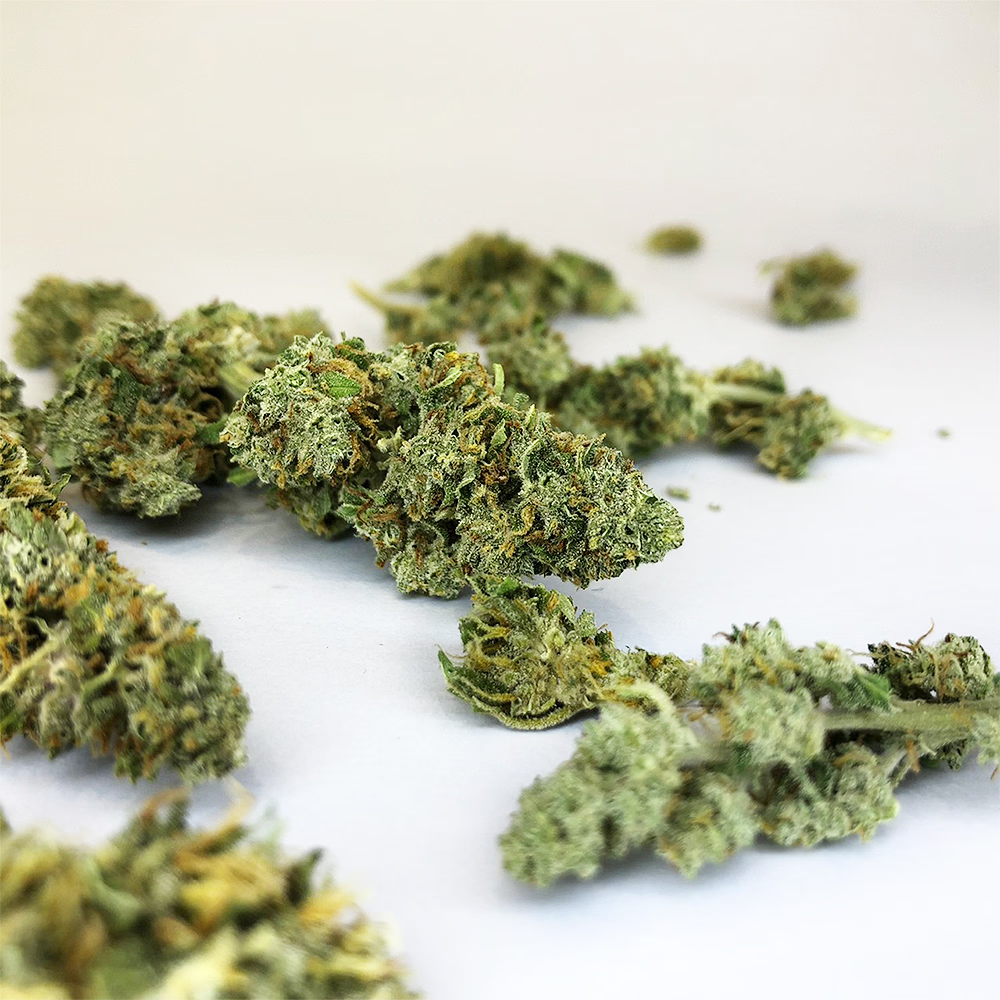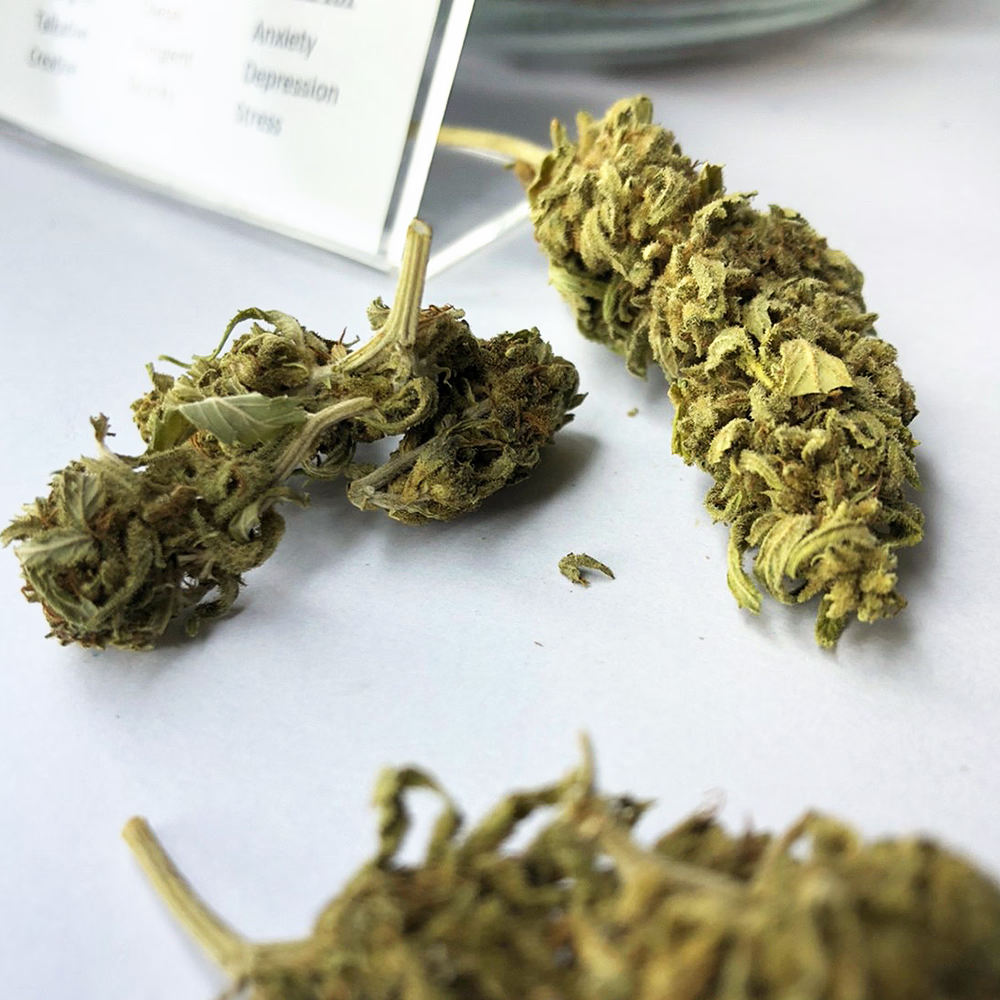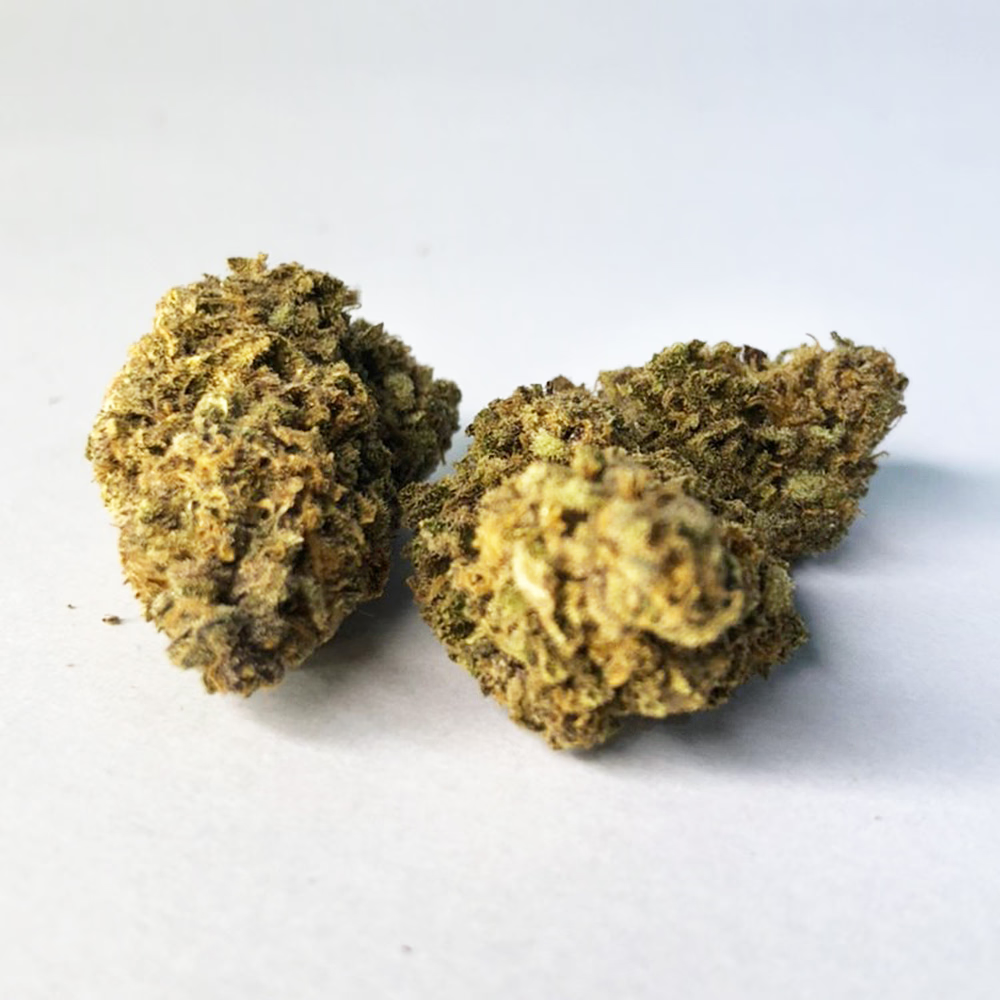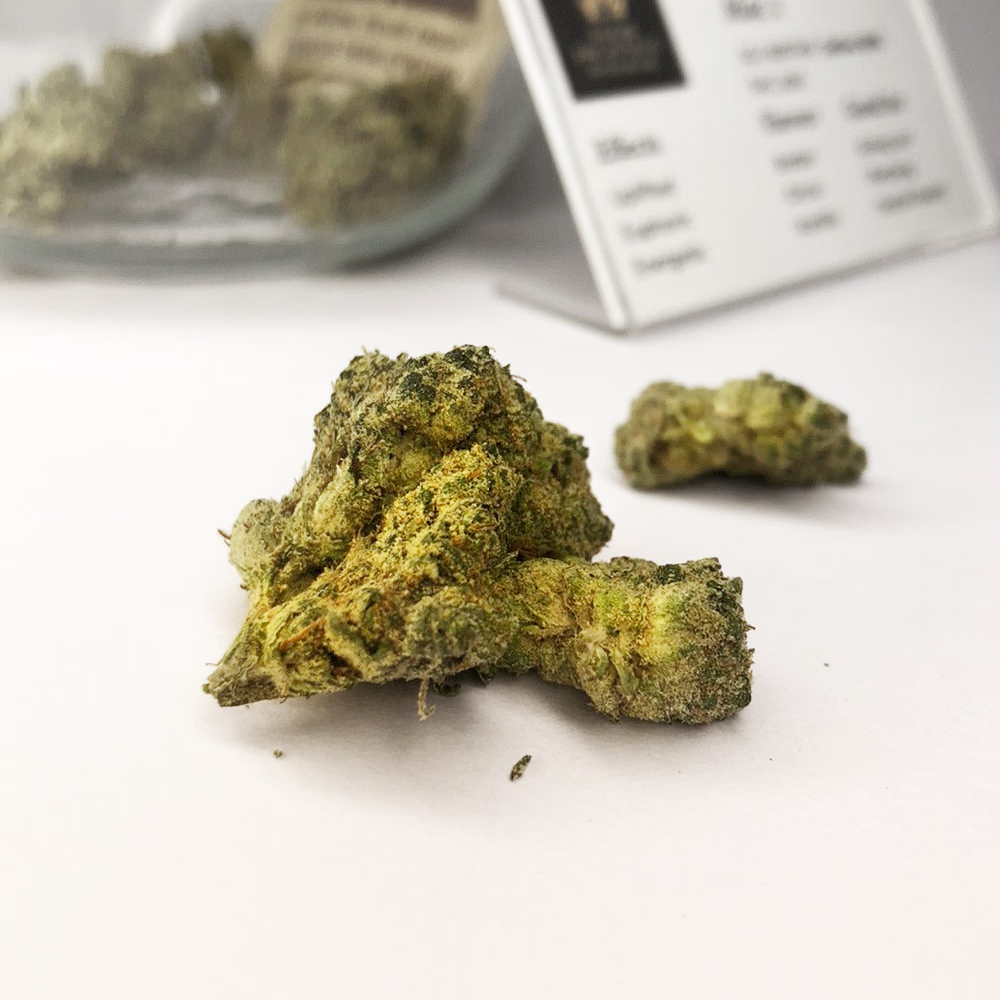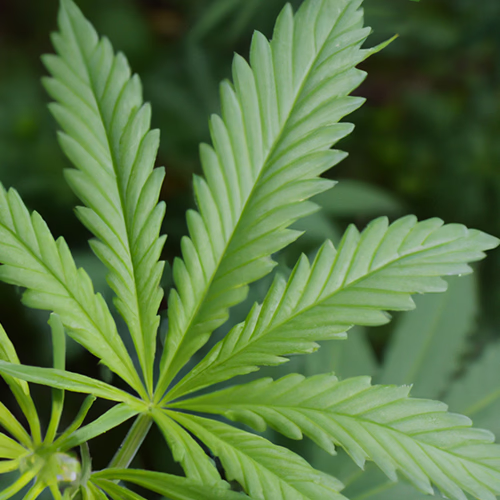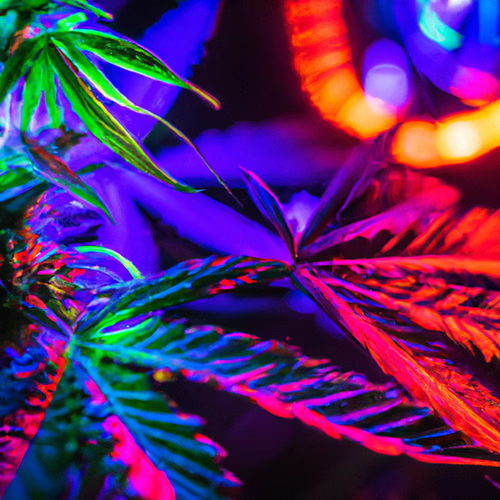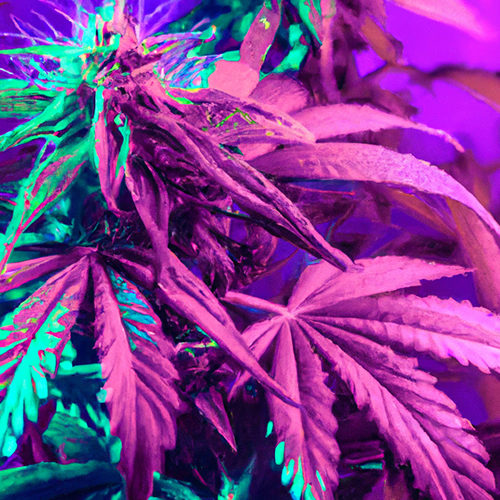Cannabis: the History, Origin, and Uses of this Controversial Plant
Cannabis is a dioecious, annual, flowering herb. The leaves are palmately compound or digitated, with serrate leaflets. The first pair of leaves typically consists of a single booklet, which subsequently increases to approximately thirteen leaflets per leaf (usually seven or nine), depending on the variety and growing conditions. At the summit of a flowering plant, the number of leaflets per leaf decreases to one.
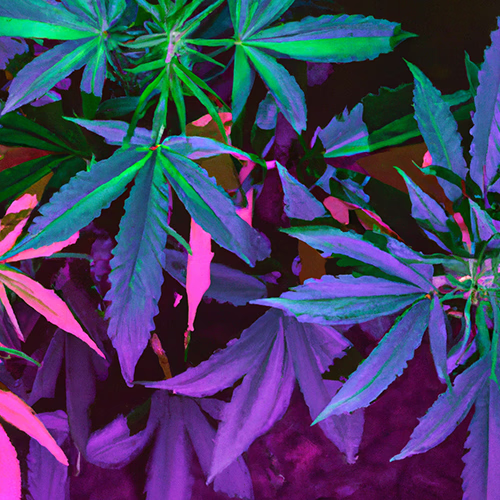
Cannabis Species
On the main stem of a mature Controversial Plant, the lower leaf pairs are usually arranged oppositely, while the upper leaf pairs are arranged alternately. Cannabis typically has imperfect blooms, with different plants bearing staminate "male" and pistillate "female" flowers. With the probable exception of the Cannabis Sativa subspecies, cannabis strains are typically short-day plants. Spontanea var. Sativa is a long-day plant (flowering only when daylight is 16 hours or more).
A plant's "flowering cycle" refers to the time of year or season it blooms. Cannabis needs twelve uninterrupted hours of darkness each day to blossom. When Cannabis is grown under a 12-hour photoperiod (light cycle), more cannabidiol (CBD) and less tetrahydrocannabinol (THC) are produced (THC). Compared to THC, CBD is non-psychoactive and may be used for more medical conditions.
The flowering cycles of Cannabis Indica and Cannabis Sativa can differ significantly, but not enough to be recognized as separate species. Most cannabis growers designate their plants as Indica or Sativa based on the morphological differences between the two kinds. Compared to Sativa plants, indica plants are shorter, bushier, have larger leaves, and flower more quickly. Plants classified as Indica or Sativa may differ in height and bud density.
The Indica variety was originally found in the Hindu Kush mountain range of Afghanistan, Pakistan, India, and neighboring countries. Cannabis indica plants tend to grow shorter and broader than Sativas. The leaves are also darker green, and the buds are denser. Indicas are better suited for indoor growing because they don’t stretch as much as Sativas.
Initially, tropical areas, including Colombia, Mexico, Thailand, and other nations, were home to the Sativa type. Compared to Cannabis indica plants, Cannabis sativa plants are frequently taller, leaner, and with narrower leaves. They are dense and lighter in colorrrarare buds. Sativas stretch more and require less light than Indicas, making them better suited for outdoor growing.
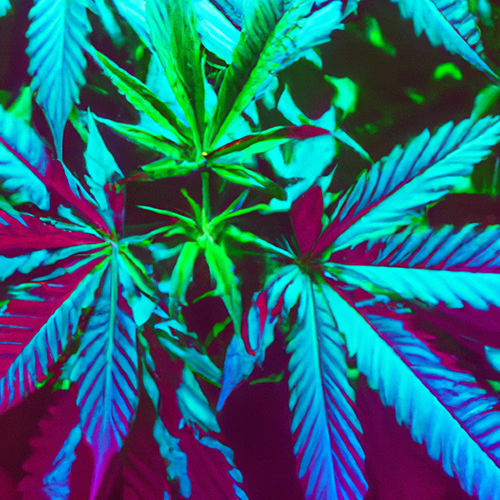
Ruderalis
A wild plant called Cannabis Ruderalis is thought to be the parent of Cannabis Sativa and Cannabis Indica. Russia and parts of Europe are the native habitats of ruderalis. It is a little plant that hardly ever grows taller than two feet. The leaves are thin, and the white, tightly clustered buds. Due to its low THC and CBD concentration, ruderalis is rarely grown.
Cannabis has been grown ever since the dawn of civilization for various uses. It has been created for food, fiber (hemp), medicine, and entertainment. Cannabis plants are chosen for their ability to yield a significant amount of fiber used to make industrial hemp goods.
Certain Cannabis strains have been created to produce little tetrahydrocannabinol (THC), the primary psychoactive ingredient, to comply with the United Nations Convention on Narcotic Drugs. Cannabis plants produce a different family of terpene-phenolic chemicals called cannabinoids, some of which give marijuana users their "high."
The cannabis plant is known to have 483 distinct chemical components, and at least 85 different cannabinoids have been extracted from it. Cannabidiol (CBD) and/or 9-tetrahydrocannabinol (THC) are the two cannabinoids that are often produced in the greatest amounts, however, only THC is psychoactive.
Cannabis Ruderalis is an exception because it is an autoflowering plant that occurs naturally and only yields trace levels of THC and CBD. The plant's psychoactive effects are thought to have been discovered by ancient people, who then started using it for various purposes, including as a narcotic, a religious ritual, and a medication. Although it is native to Central Asia and India, Cannabis may have first been grown in China, according to other data.

History
Cannabis has been used medicinally since ancient China. The Chinese medical text Shennong Bencao Jing, written around the second century BCE, is where it was first mentioned. The use of Cannabis in treating conditions like gout, rheumatism, malaria, and absenteeism is covered in the text. Ancient Indian religious texts known as the Vedas mention the therapeutic use of Cannabis. The plant is described as a "soothing agent" in literature from 1400 BCE, the Atharva Veda, that can be used to treat anxiety and sorrow.
Cannabis is referenced as a treatment for glaucoma and other eye conditions in the Ebers Papyrus, a medical text from 1550 BCE. Ancient Egyptians also used Cannabis as a medicine, tonic, and balm, among other things. Cannabis was first used for recreational purposes in the Middle East in the first century CE.
A Persian physician covered the effects of Cannabis for recreational use in a book called The Canon of Medicine, written in the 10th century CE. Cannabis use had spread throughout the Muslim world and into Europe by the 14th century. By the 16th century, it was a well-liked recreational stimulant in Spain and Portugal.
Cannabis was first brought to the Americas by Spanish and Portuguese explorers around the beginning of the 16th century. According to legend, the plant was brought to Mexico by the Spanish explorer Hernán Cortés, where the Aztecs adopted it right away. Cannabis was brought to the English colonies in North America in the 17th century. English settlers brought the plant to Jamestown, Virginia, where it was grown for its fiber. r.

C.annab. was illegal in most countries until the 20th century. In the United States, it was first outlawed at the federal level in 1937 with the passage of the Marijuana Tax Act. Cannabis is currently illegal in most countries, with a few exceptions.
